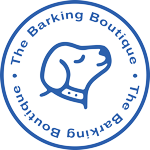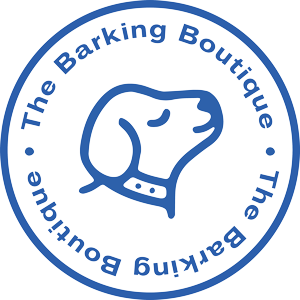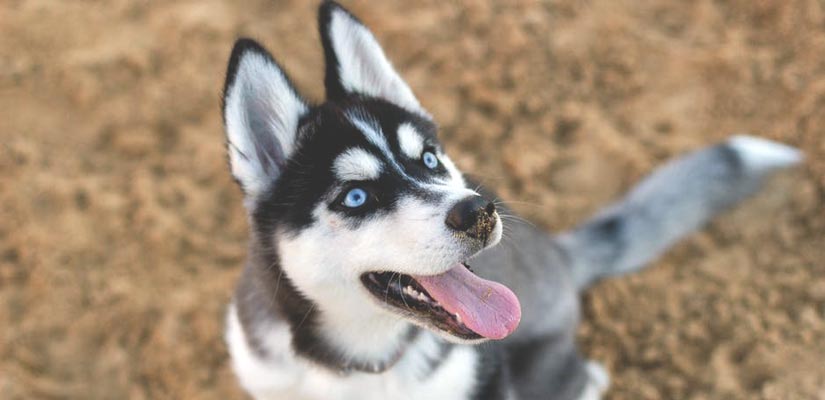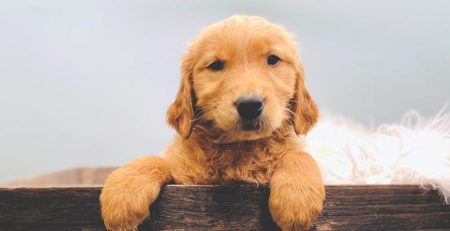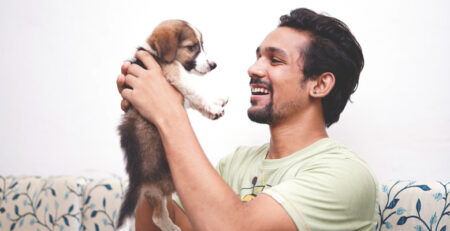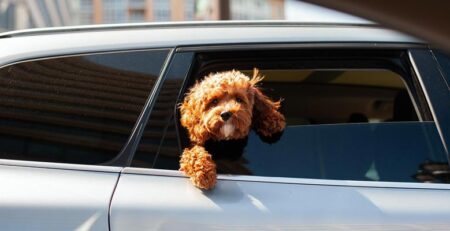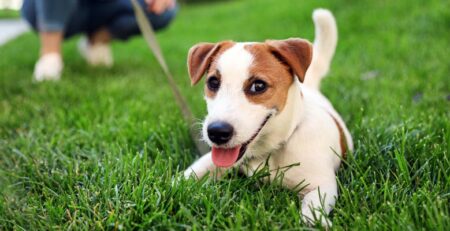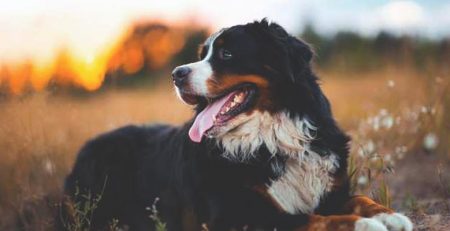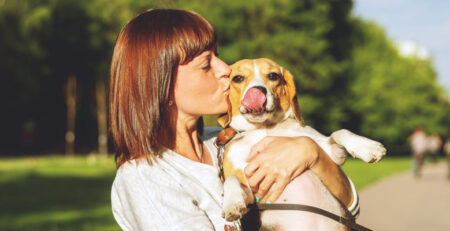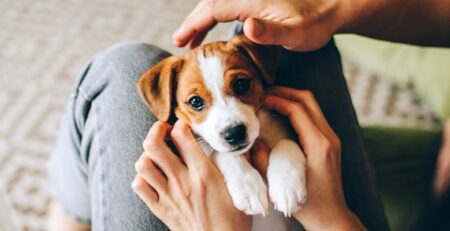Siberian Husky Puppies
Did you know that Siberian huskies consistently rank in the top ? With their beautiful coats, playful energy, and pleasant temperaments, it’s no wonder so many people love the breed. Are you currently in the ranks of husky ownership? Or are you thinking about owning Siberian husky puppies in the near future?
Either way, it’s vital to know how to train a husky—the right way. Siberian husky puppies (and adults) have a unique disposition you need to understand for your to be successful. In this husky guide, we’ll dive into the history of the breed and what makes their disposition special. Then we’ll outline 7 tips you can use to turn your husky into an obedient, beloved family member. Ready to learn more? Let’s get started!
The Siberian Husky: Then & Now
The history of the Siberian husky dates back over 3,000 years to (you guessed it) Siberia. Have you ever heard of the ? They’re an ancient people from the extreme northeast part of Siberia in Russia, and their tribal dogs are the ancestors of the modern husky.
In the extreme climate, dogs could make the difference between the tribe’s survival (or not) each winter. For that reason, the Chukchi were very selective about which dogs they bred. All but the very best lead dogs were castrated.
Traditionally, the tribeswomen cared for the dogs. Since that meant children were always present too, the dog’s temperament became very important. Over the centuries, the Chukchi developed a loyal, affectionate, and hard-working breed.
Fast-forward to 1908, when the first “huskies” arrived in Alaska from Siberia. They proved to be an equally valuable asset there, pulling sleds across the vast frozen region. In time, their popularity spread throughout the rest of the US and beyond.
Of course, huskies are also known for their speed and endurance, even in the harshest of winter conditions. Every year, the best sled dog teams in the world gather in Kamchatka, Russia, for the annual Beringia race. Each sled team has 35 days to cover an impressive 1,300 miles!
Understanding the Siberian Husky Personality
Why is this history lesson important? Because it helps you understand what huskies were bred for and why they exhibit certain behaviors.
More than many other breeds, huskies were bred to be pack animals. In the Far North, they eat together, sleep together, and work together. This means your husky is a remarkably social animal who loves companionship with people and other dogs.
Huskies are hard-working dogs that thrive off physical activity. They naturally want to run, hunt, dig, and play, making it essential for you to provide a healthy outlet for all that energy. Proper training is essential to a well-behaved and happy husky.
Perhaps one of the friendliest dog breeds, your husky is likely to be gentle with every member of your family, including children. He’ll also be friendly to strangers, which means he may not be the most effective guard dog.
Overall, the husky temperament is clever and energetic but gentle and kind. If you’re new to the breed, you’ll soon discover that owning a husky can be a true joy.
Siberian Husky Puppies: Training Tips for Success
Your husky is an intelligent dog who should respond well to your training efforts. Here are a few expert tips to help you through the process.
Tip #1: Be Confident but Kind
It’s up to you to be the “alpha” dog around the home. You’ll have the most success if you exercise your headship in a firm but loving way. For your training to be effective, your behavior must be kind, consistent, and confident. Research shows that kind, rewards-based training methods lead to:
- Better obedience
- Lower rates of aggression and fear
- Increased attention to the owner during training
Of course, there needs to be a balance. If your puppy doesn’t recognize you as the leader, he’ll assume he can make his own rules. This is where confidence comes in. A leader who is strong and self-assured will instill that same confidence in their dog. When your husky recognizes you as the leader of his pack, he’ll feel relieved and less stressed.
Tip #2: Start with a Schedule
Huskies thrive on consistency (more on that later), so your first training step is to create a good routine. For starters, will you train your puppy to use a crate? Dogs in the wild naturally seek out a “den” where they feel safe and secure. When used properly (and not as a punishment), crate-training provides the safe environment your dog craves.
Whether you use a crate or not, establish a schedule for mealtime, playtime, sleep time, and other daily activities. As you go through the potty training process, take him to the same place at the same time so he’ll understand where and when it’s acceptable to go.
Every time your puppy obediently does what he’s told, be sure to reward him with pats, praise, or a treat. Keep training sessions short at first, maybe 5-10 minutes, and always end on a positive note.
Tip #3: Communicate Clearly
Before you bring home your new puppy, you should sit down as a family and decide which words you’ll use for different commands. That way, everyone is on the same page and you won’t confuse your pup with commands he doesn’t understand.
“Yes” and “no” are good places to start, but you should also include words that won’t come up in everyday conversation. “Good boy” or “good girl” are excellent phrases to express approval. When your puppy does something you don’t want him to do, “ack ack” can let him know the behavior isn’t acceptable.
Tip #4: Encourage Good Behaviors
As mentioned earlier, huskies respond best to . Whichever command you’re teaching (sit, stay, come), start by requesting the action with a word and gesture. When your puppy complies, quickly reward him with a positive phrase and a small treat.
If you wait too long, your puppy may have moved on to another activity and won’t connect the reward with the action. Be sure to reward him immediately so he can associate the behavior with the reward.
Tip #5: Discourage Bad Behaviors
You should never use physical punishment (yelling, spanking, jerking the leash) to correct your dog. The only thing this will do is make him confused, fearful, or even aggressive.
Instead, remember that you’re in control of everything your puppy wants. This includes treats, toys, affection, and attention. Just like you motivate your dog to behave by giving him something he wants, you can discourage bad behavior by taking away something he values.
If your puppy bites your hand, use your “no” phrase and redirect him to something appropriate to bite, such as his favorite toy. If he chews the toy instead, reward him with your positive phrase.
If he continues to misbehave, withdraw your attention. Stand up, turn around, and cross your arms over your chest. When your pup realizes his bad behavior costs him his playmate, he’ll be more motivated to behave next time.
Tip #6: Provide an Outlet for Energy
A bored husky can be a destructive husky. You can avoid many unwanted behaviors by simply allowing your dog enough time and space to burn off his boundless energy.
You may not have a sled for him to pull, but you can provide regular exercise in the form of walks, fetch, or other games. A large yard for him to run around in is ideal, but make sure your fence is suitably high as huskies are natural jumpers!
If your pup does exhibit any negative behaviors (chewing furniture, digging holes), the answer is almost always that he needs more exercise. Take him to the dog park or sign him up for doggie daycare so he can use up that energy in a more positive way.
Tip #7: Be Consistent
The surest way to confuse your husky is to be inconsistent with your training methods and rules. A common example is how you allow your puppy to act around food. If you feed him table scraps one day but shoo him away from the table the next, he’s going to be confused.
Why was the behavior acceptable yesterday but not today? Huskies are intuitive creatures, but they’re not mindreaders. They thrive on structure and will be happiest when they know exactly what to expect. Take the guesswork out of your puppy’s mind by being consistent in all things. What time is dinner? Where will he sleep each night? Where is he allowed to play (and for how long)?
In a dog’s world, hierarchy equals harmony. Let your husky know you’ve got control of the situation and you’ll be rewarded with his obedience.
Siberian Husky Puppies at The Barking Boutique
Siberian huskies have an energetic but eager-to-please temperament. The more you understand their personality, the better equipped you’ll be to complete their training.
Remember their ancestry and what they were bred to do—run with the pack. Allow your husky plenty of opportunity to exercise while gently reminding him that you’re the leader. Be kind, consistent, and confident with your training. Your husky has a brilliant mind, and he should easily learn your commands and cues.
Now that you know how to train a husky, what’s next? Are you ready to look at Siberian husky puppies for sale near you? View our puppies that are currently available. Which bundle of joy (and fur) will you take home?
